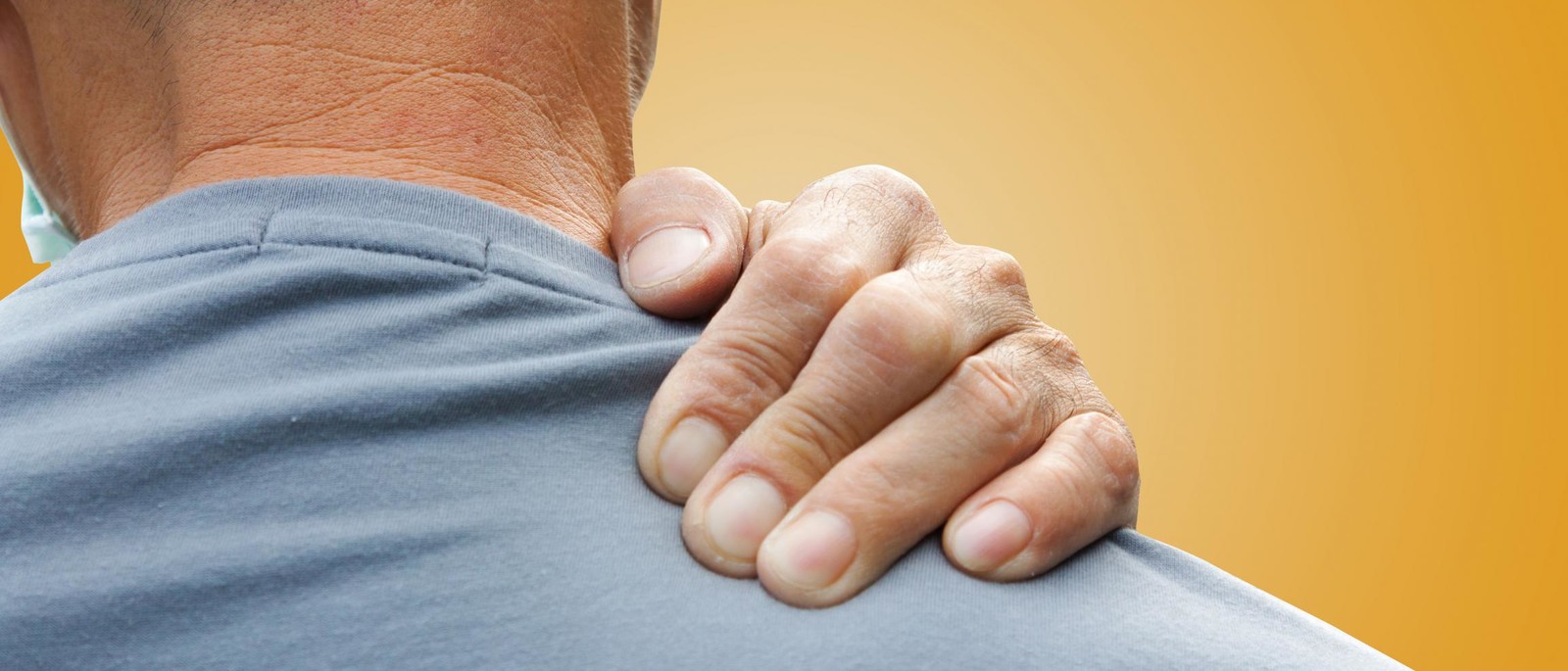Contributed by Kathleen Trotter (MSc, CSN), a personal trainer, author, nutritionist, life coach, wellness writer and overall health enthusiast.
Contrary to popular belief, more exercise (especially high-intensity exercise) is not always better; inappropriately intense workouts can be a recipe for decreased motivation, at best, and injury, at worst. Now, I’m not arguing that being sore or working hard is always a bad thing. However, a “hard” workout should always be appropriate to YOUR fitness level and appropriate recovery is a must; a “when” not an “if.”
Embrace that daily motion is a non-negotiable (a main tenet of my fitness philosophy), but reframe what you consider motion: motion does not have to be a six-mile run. Your routine has to match your injury history, goals, health history and lifestyle realities.
Exercise (especially high-impact activities like running) stresses the body. Exercise is only a positive stress if you give your body the ingredients it needs to recover. The harder you train, the harder you have to recover! Recovery allows the body to become stronger, leaner and generally healthier. Being under-recovered is just as bad as being under-trained; being under-recovered leads to exhaustion, lethargy, muscle aches, trigger points and stiffness, and left long enough, it will lead to injury.
The main take-away is that you need to make daily motion a non-negotiable and broaden what you define as “motion” — you don’t have to go to the gym to be active. Embrace the critical importance of well-placed recovery workouts, positive sleep hygiene and a nutritious diet.
1. Sleep and diet
Your body recovers while you sleep, and a healthy diet helps your muscles and connective tissue repair and become stronger. Need another reason to prioritize your sleep? A good night’s rest helps control your weight. The less you sleep, the more ghrelin hormone your body produces, which means your appetite will increase. You will also produce less leptin, which is the hormone that helps your body feel satiated.
2. Recovery workouts
A “recovery workout” includes light cardio (like light swimming or walking to promote circulation and mobility, and decrease excessive inactivity and sitting), stretching or “body work” using a foam roller or yoga tune-up balls!
3. Body work — basically “self-massage”
Here are a few of my favourites:
- Lower-leg relief with the foam roller. Sit on the floor with the foam roller under your calves, perpendicular to your body. Lift your bum slightly off the ground. Roll yourself forward and backward so the roller moves up and down your lower legs. Experiment. Rotate your legs side to side slightly as you move.
- Treat your feet. Place a ball (lacrosse, tennis or yoga tune-up ball) under the ball of your little toe. Roll it lengthwise up and down the outside of your foot between the little toe and the heel. Now, move it under the ball of the big toe. Roll it lengthwise up and down the inside of your foot between the big toe and the heel. Finally, curl all your toes around the ball. Release and spread your toes.
- Upper-back, chest, shoulder and neck relief. Start on the floor with your bum on the ground and the foam roller under your upper back, perpendicular to your body, head resting in your hands. Lift your hips up. Roll your body forward and backward so the roller moves up and down your back. Keep your core engaged. Now, turn your body sideways as you move so that the roll massages under your armpit and down the side of your body.
For all exercises, “romance” versus “attack” your tissues. Don’t be too aggressive. When you find a trigger point, stop and put gentle pressure down into the tissue. Expect to feel sensations as the roller or ball uncovers adhesions and possibly scar tissue. I call this “positive pain.” Never roll though “negative pain.” Your body shouldn’t hurt more after you roll; the pain should never take your breath away or feel like electricity or numbness.
4. Stretching
I love completing these stretches in the morning before I get out of bed. As I always say, “win the morning, win the day.”
- Single-leg knee hug. On your back with your knees bent and feet on the bed, bring one knee into your chest. Breathe. Hold the knee in as you straighten the opposite leg. Breathe. Bend your knees and repeat on the opposite side. Alternate for roughly 90 seconds.
- Knee rock. On your back, with your knees bent and feet on the bed, gently rock both knees from one side to the other. Make the motion small to start. Increase the range slightly as your body loosens. To increase the stretch, rotate your head in the opposite direction to your knees.
- Hip stretch. Lie on your right side. Bend your right leg for support. Hug your left knee into your chest for five seconds. Grab your left ankle behind you. Hold as you push your top hip forward and pull your left heel toward your bum. Engage your core slightly; don’t arch your lower back.
Final note
Make sure to foster self-compassion. You are human. You will fall off your health horse—you will miss an occasional stretching workout or push yourself inappropriately and be unproductively sore. When you do, instead of getting demoralized and derailing your progress further, simply get back on your “horse” as a more-informed rider.
Healthy people fall—I know I do—but they also course correct as quickly as possible and learn from the experience. When you miss a workout, don’t let that missed workout spiral into four missed workouts. Go for a walk or do some stretching—count it as a recovery day—and do your next full workout as soon as possible. Figure out why you missed the workout so you can, when possible, avoid that pitfall in the future.







